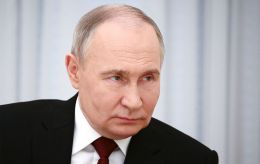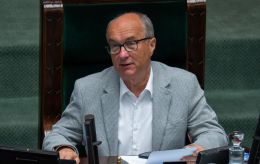Halloween 100 years ago: Celebrating and costumes evolution
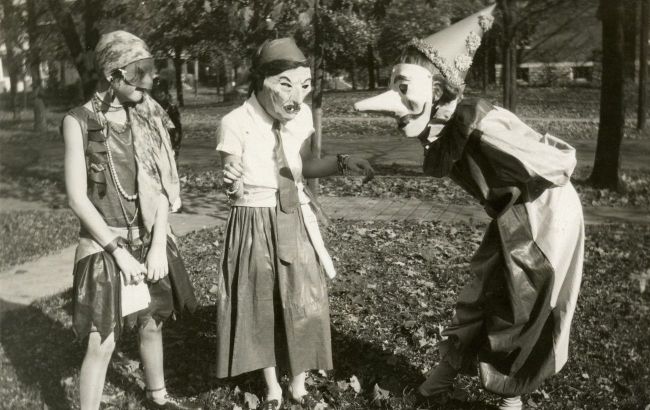 Halloween costume from the United States, 1929 (photo: GettyImages)
Halloween costume from the United States, 1929 (photo: GettyImages)
From pagan rituals to modern masquerade images, Halloween has transformed from a ritualistic holiday to protect against spirits into a popular entertainment phenomenon. Costumes for the holiday have also changed.
RBC-Ukraine dwells on how Halloween costumes have changed at different stages of history, from ancient pagan rituals to the modern commercialized look.
Ancient roots
The origins of Halloween costumes go back more than two thousand years when the Celts celebrated the Samhain holiday. It was the time when summer ended and the dark half of the year came into its own. People believed that on this day, the line between the world of the living and the dead was blurred, allowing spirits to visit the world.
To protect themselves from evil forces, they wore masks and animal skins, which were supposed to deceive the spirits by taking on their appearance. Samhain symbolized the transition to the dark period of the year when nature was facing cold weather and harder conditions for survival.
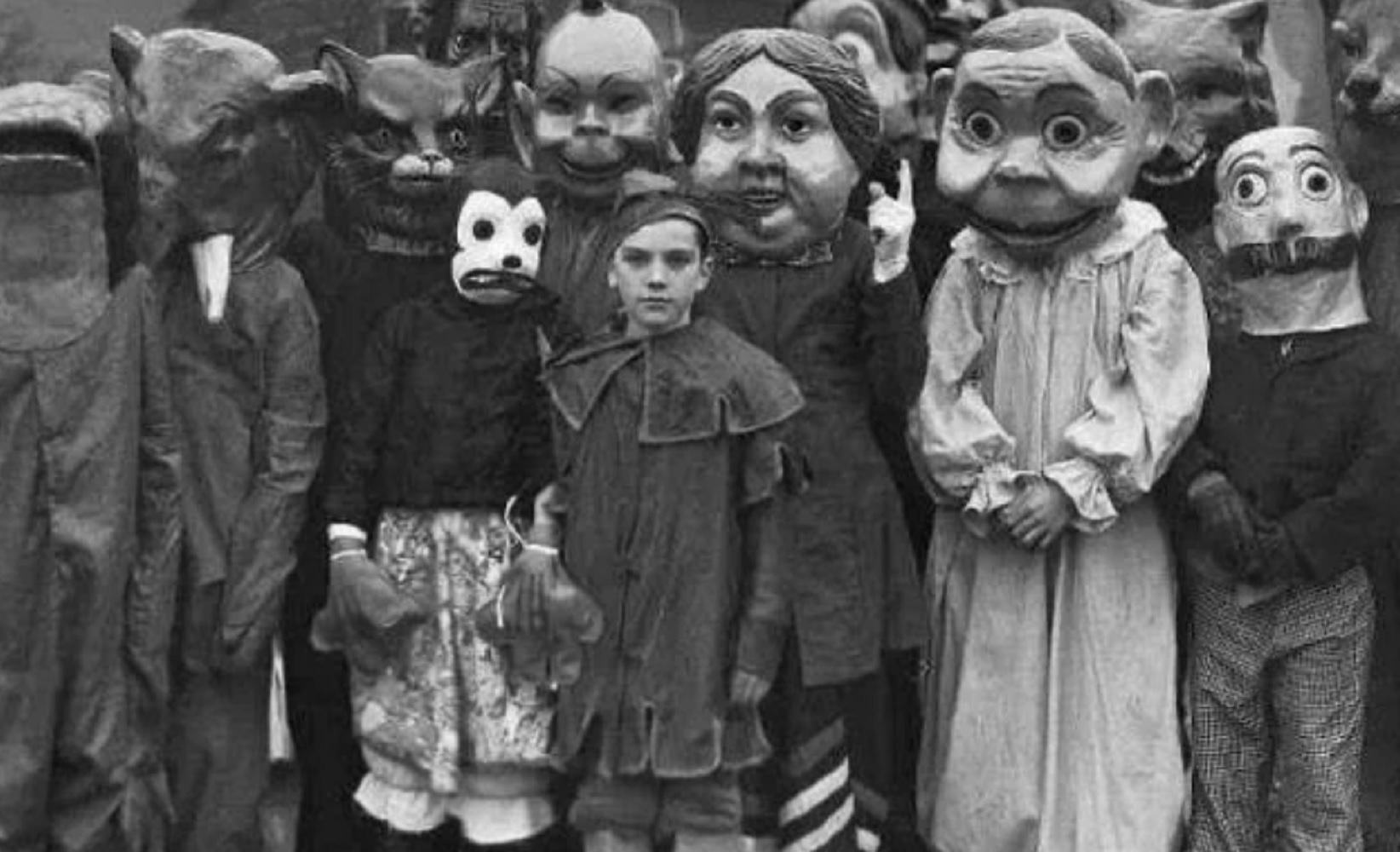 Halloween costumes of the 1930s (photo: Reddit.com)
Halloween costumes of the 1930s (photo: Reddit.com)
Christianity influence
With the spread of Christianity, October 31 took on a new meaning, becoming Halloween, the day before All Saints' Day. In medieval England and Ireland, there was a tradition of dressing up in costumes representing the souls of the dead and going door-to-door collecting food in exchange for prayers for the dead.
This resembled rituals where the costumes continued to symbolize winter spirits and demons. The Christian church used the holiday as a way to integrate pagan traditions into its own culture, giving it a new meaning. Thus, the costumes carried religious symbolism and fear of the afterlife.
American influence
Irish and Scottish immigrants brought Halloween traditions to America and were able to root the holiday in the new lands. In rural areas of America, people wore frightening costumes and performed rituals related to death and the dark side of life.
The costumes were made from available materials, such as sheets, to help conceal identity and ward off evil spirits. Some of the traditions included rituals aimed at establishing contact with the afterlife, symbolizing a connection to ancestral culture.
Thanks to immigrants, Halloween began to evolve into a modern holiday in America, while retaining elements of frightening costumes.
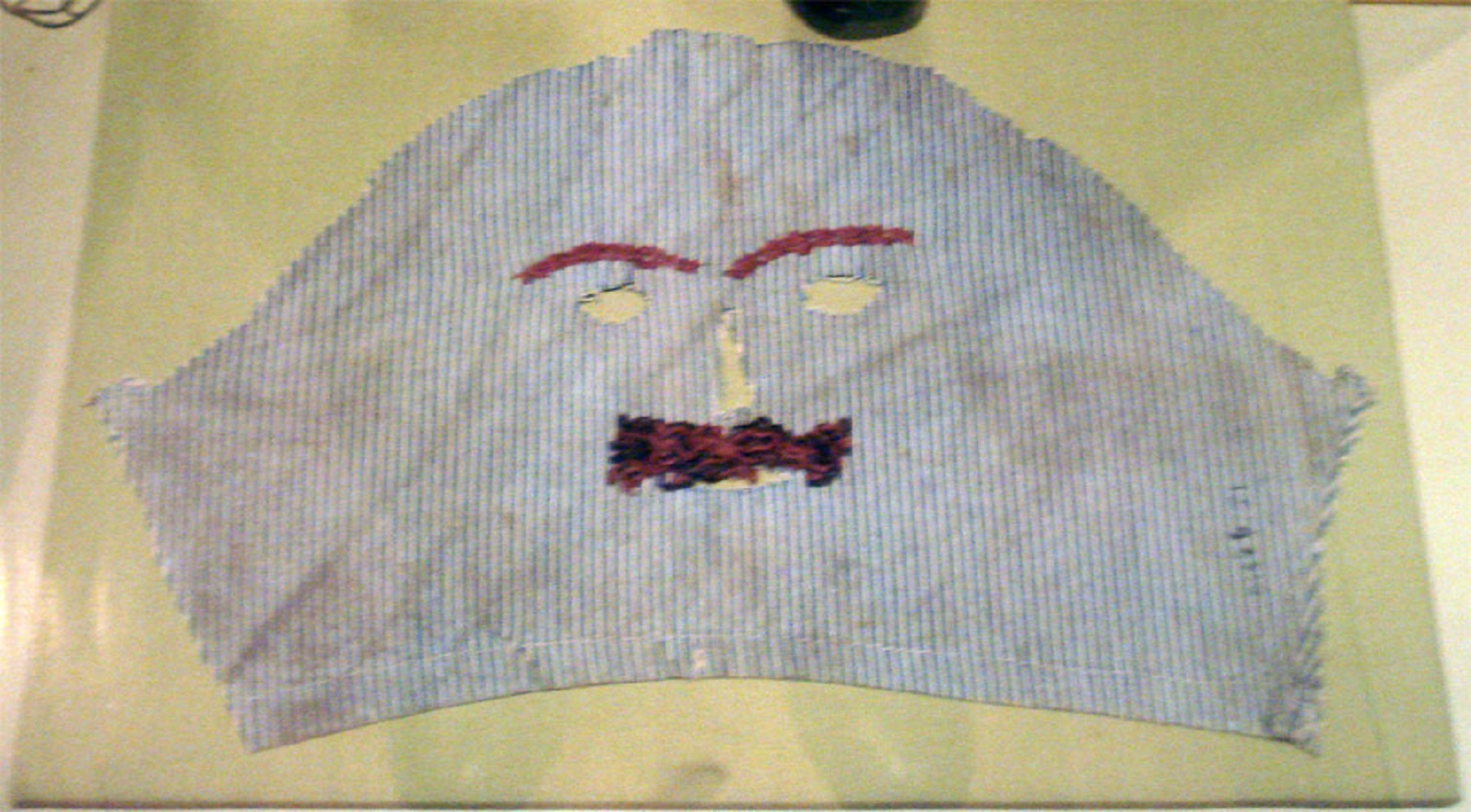 Irish mask from the 1920s (photo: Wikipedia)
Irish mask from the 1920s (photo: Wikipedia)
Commercialization
In the 1920s and 30s, the popularity of Halloween masquerades began to grow, turning them into a mass phenomenon. Companies such as the J. Halpern Company began to produce costumes with popular culture characters, including Mickey Mouse and other comic book characters.
Manufacturers actively involved children and adults in holiday traditions, expanding the range of themed images. Over time, the spooky aspect of the costumes gradually disappeared, and brighter, lighter costumes appeared, losing their connection to the scary look.
Commercialization changed the focus of the holiday, making it less about the spooky aspects and more about entertaining costumes.
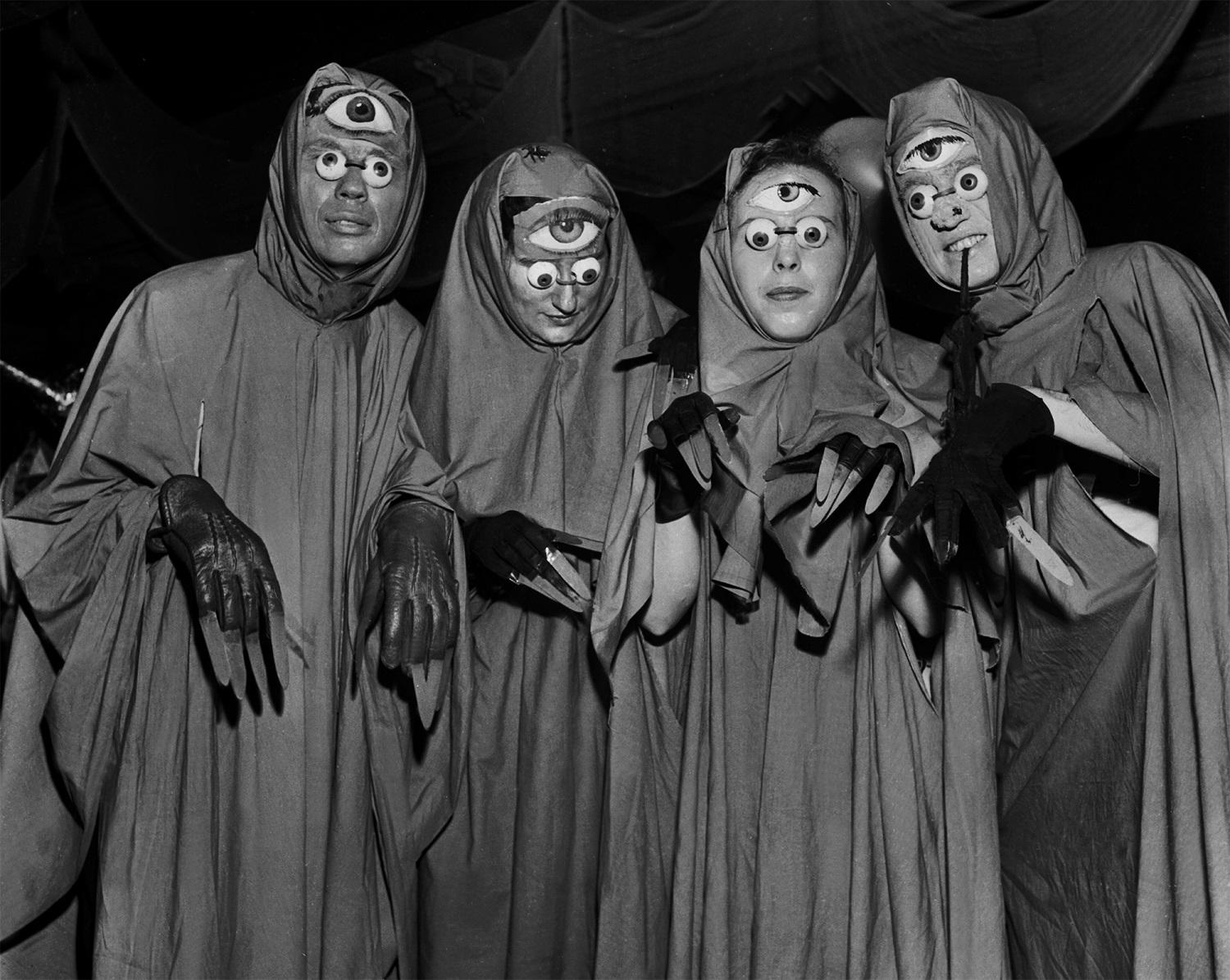 Halloween party in 1949 (photo: GettyImages)
Halloween party in 1949 (photo: GettyImages)
Modern changes
After the Second World War, superheroes and comic book costumes became more popular, bringing new images to the holiday culture. In the 1960s, Halloween began to become entertaining not only for children but also for adults, who chose costumes of popular movie and television characters.
Modern Halloween has lost its religious and pagan roots, becoming an opportunity to express creativity and imagination through costumes. Ready-made costumes have flooded the market, and although the celebration retains elements of tradition, it increasingly resembles a colorful carnival.
Sources: CNN and Reddit.
